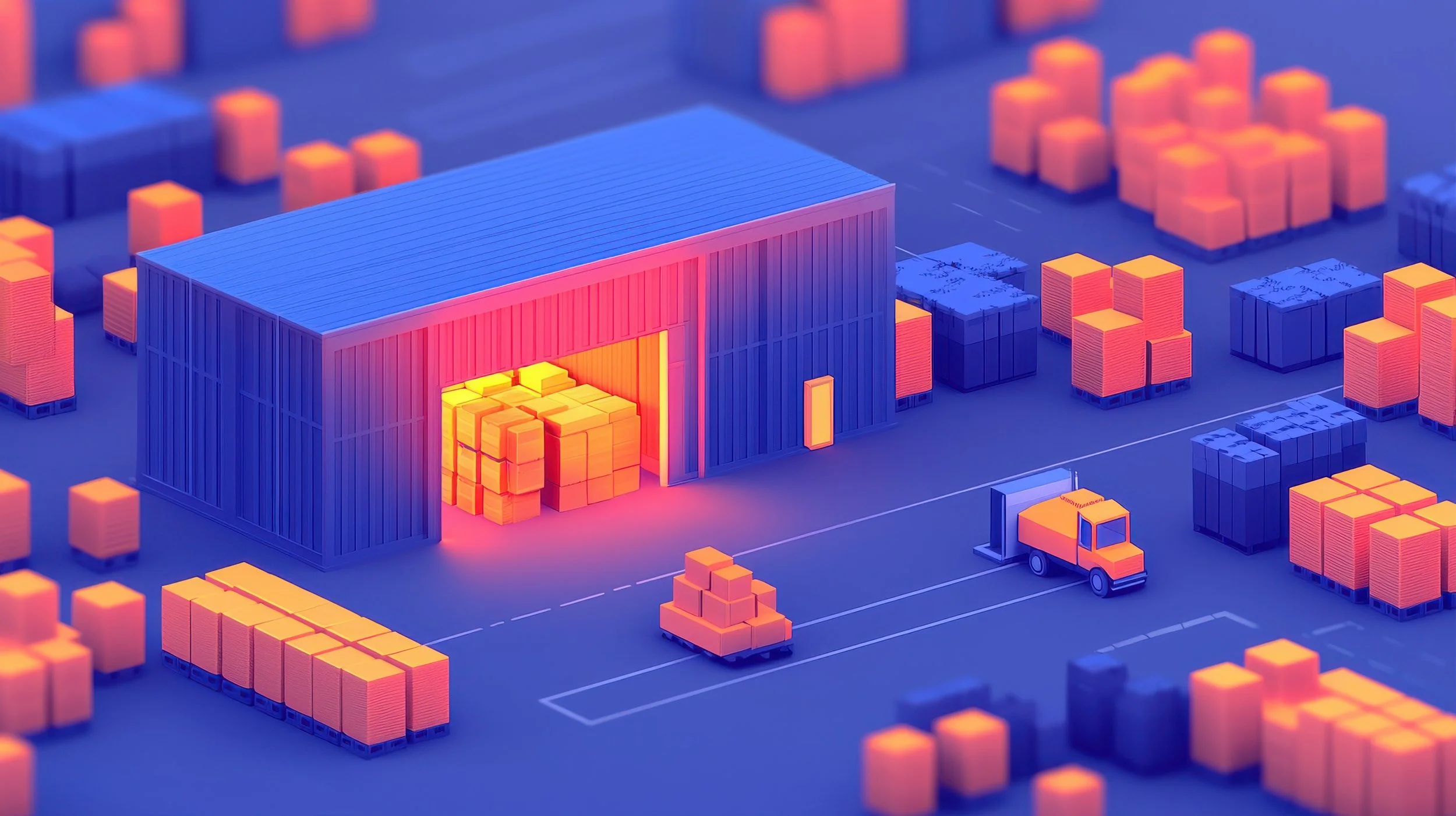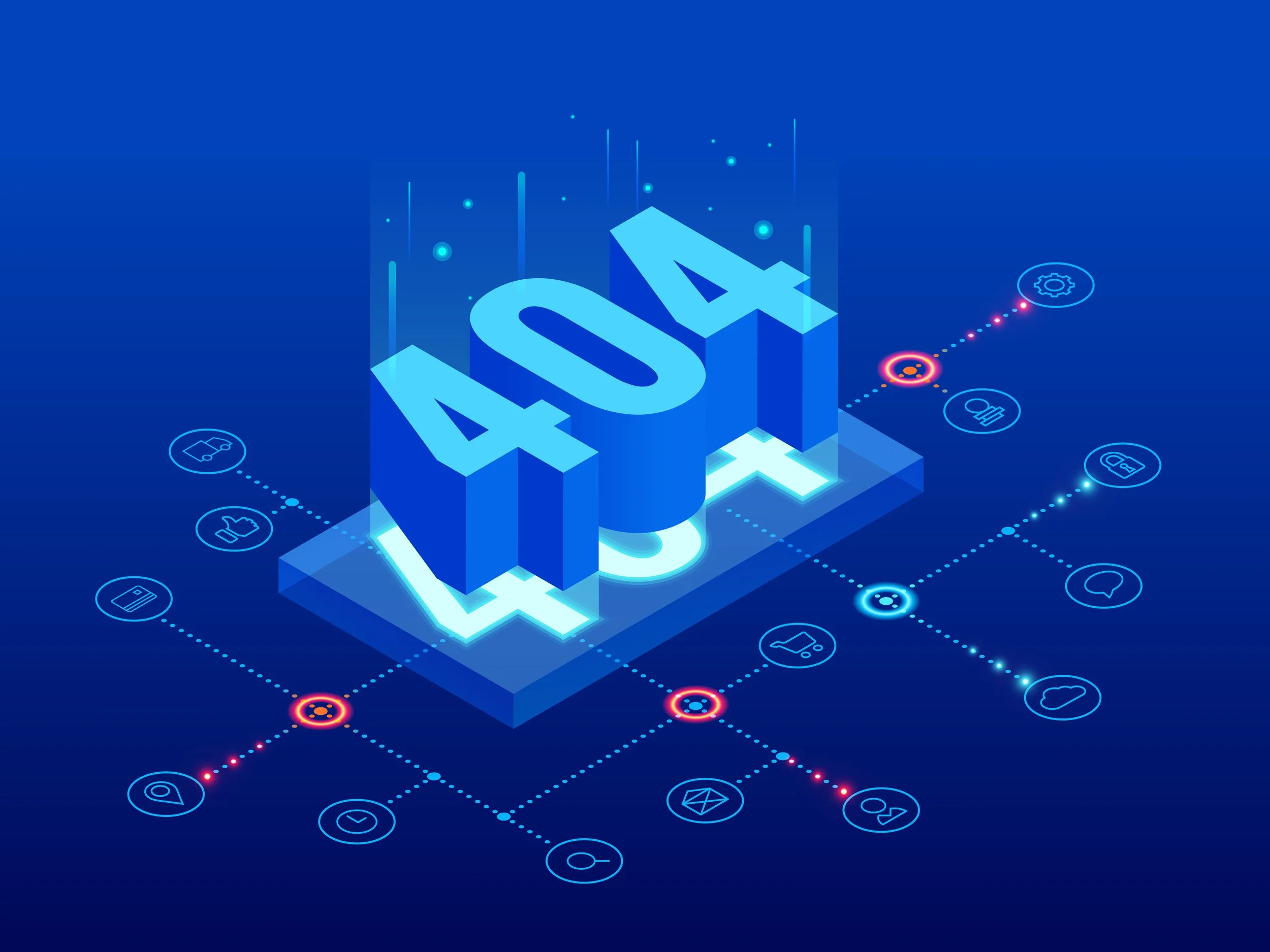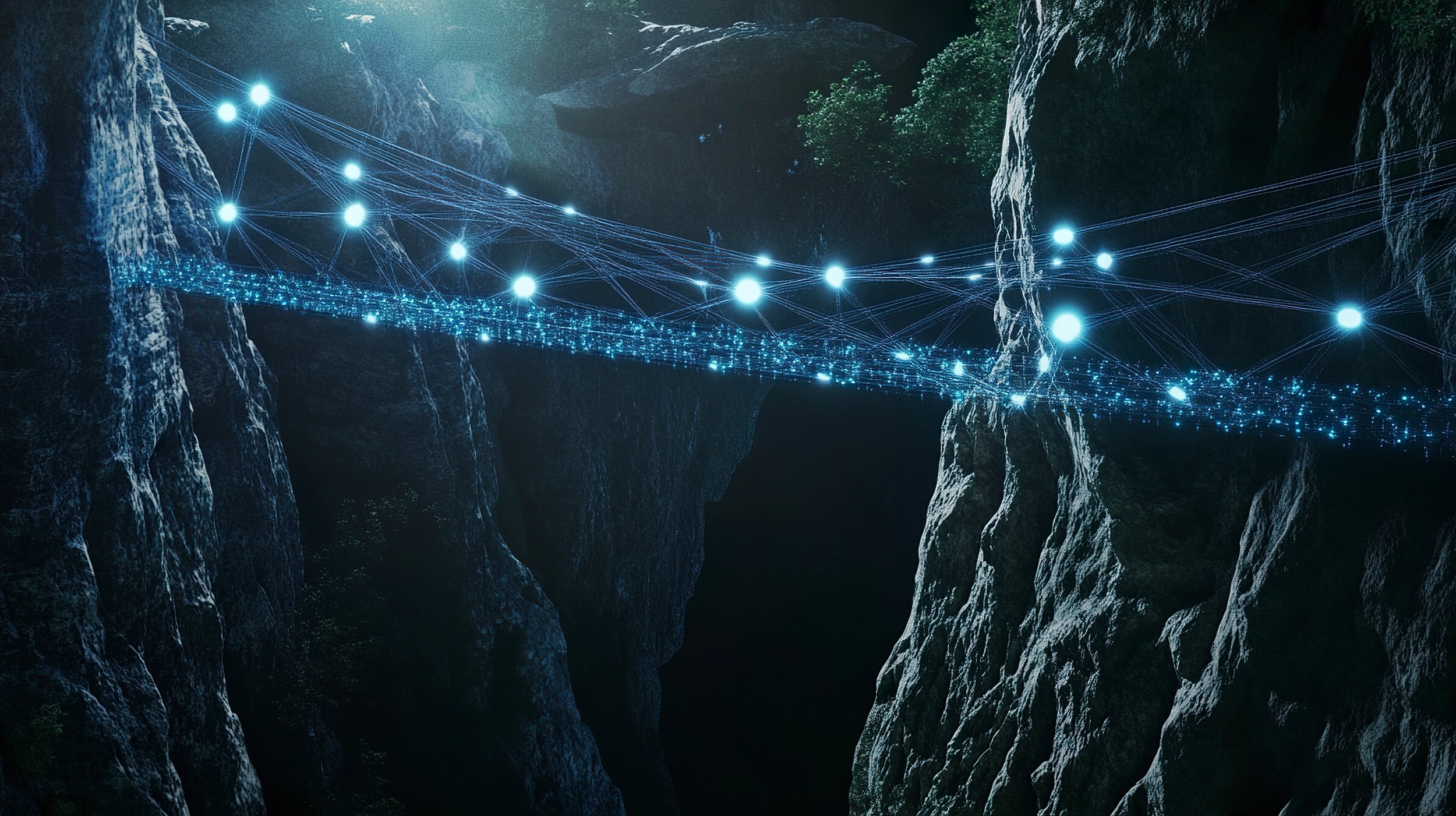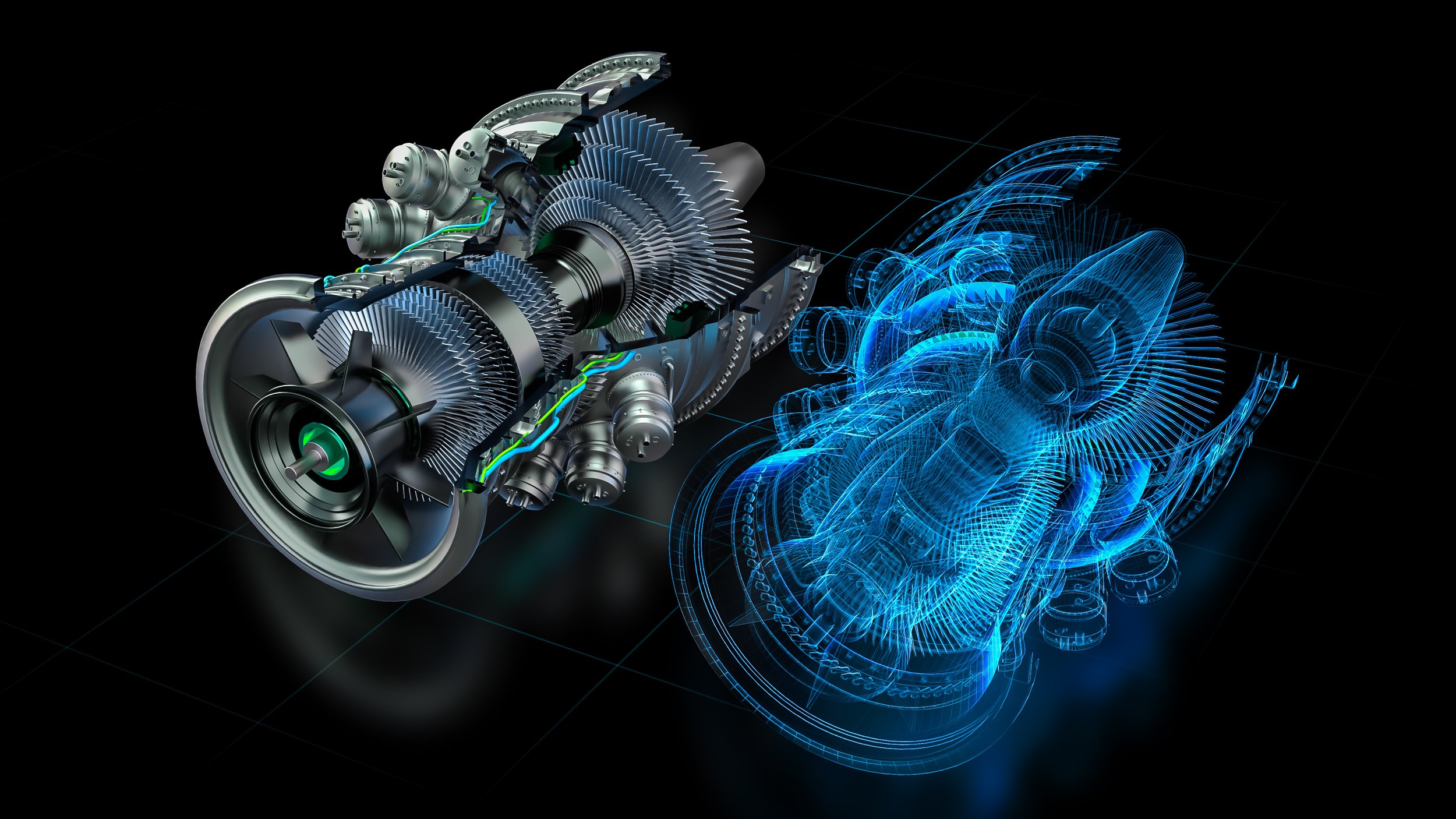— Insight Articles —
Real-world insights for making sense of AI, Data, Systems, and Digital delivery.
We stand boldy at the edge of digital possibility,
capturing advances in AI & smart technology,
transforming research into real-world impact,
empowering people to shape connected futures,
and unlocking new potential across industries.

Supply Chain CDE Integration: Managing Contractor Data Across Platforms
Infrastructure projects succeed through coordinated supply chain execution, but modern supply chains operate across a maze of disconnected CDE platforms. Your structural contractor uses ProjectWise, the MEP subcontractor prefers ACC, procurement operates through SharePoint, and the fabrication shop works with 12d Synergy.

Automated Client Submissions: Eliminating Handover Risk in Infrastructure Projects.
The final months of any major infrastructure project should focus on commissioning and closeout, not scrambling to assemble client deliverables. Yet across the industry, project teams waste hundreds of hours manually gathering files, reformatting metadata, and preparing submission packages. The result: delayed final payments, contract disputes, and frustrated clients receiving incomplete deliverables.

Beyond Delivery…Digital Asset Disconnect
As the infrastructure sector matures in its digital adoption, the artificial boundary between project delivery and asset operations is beginning to dissolve. Progressive asset owners are recognising that effective digital asset management starts with project initiation, not practical completion.

Measuring CDE Integration Success: KPIs That Matter
CDE integration implementations succeed or fail based on measurable business impact, not technical features or vendor promises. Yet most organizations struggle to define meaningful success metrics, leading to integration projects that consume resources without demonstrating clear value or continuous improvement.

Beyond File Sharing: Why Modern CDEs Need Smart Integration
The infrastructure industry still treats Common Data Environments like sophisticated file servers - places to store, share, and version project documents. This outdated perspective misses the transformative potential of CDEs as intelligent project ecosystems that can automate coordination, enforce compliance, and enable predictive project management.

Digital Twin Readiness: Building Your CDE Data Pipeline from Day One
Digital twins promise revolutionary asset management capabilities, but most organizations discover their CDE data isn't ready for digital twin integration only after completing expensive platform implementations. Fragmented project data across disconnected CDEs, inconsistent metadata schemas, and missing relationship hierarchies make digital twin development exponentially more complex and costly.

ISO 19650 at Scale: Multi-CDE Compliance for Portfolio Projects
Managing ISO 19650 compliance for a single project using one CDE is challenging enough. Scaling information management standards across portfolio projects with multiple CDEs, diverse delivery partners, and varying technical capabilities becomes exponentially complex. Yet this is exactly what major infrastructure asset owners face daily.

The Hidden Cost of File Version Errors: When Manual CDE Transfers Go Wrong
A single incorrect file version can cascade through an entire infrastructure project, triggering rework worth millions of dollars and delays measured in months. Yet most organizations accept manual CDE transfers as "standard practice," seemingly unaware that every manual file movement creates version control risk that compounds throughout project delivery.

The $3M Custom Integration Trap: Why Built-for-Purpose Beats Bespoke
Every major infrastructure project faces the same critical decision: build custom CDE integration or implement a purpose-built solution. The initial appeal of custom development is obvious - complete control, perfect alignment with specific requirements, and the satisfaction of owning your entire technology stack. The reality is financially devastating.

Zero-Persistence Security: Why Your CDE Data Never Touches Our Servers
Infrastructure project data represents billions of dollars in intellectual property, competitive advantage, and security-sensitive information. Yet most CDE integration solutions require uploading your critical project files to third-party servers, creating massive data breach exposure that could compromise entire organizations.

Insurance Risk Management: Why Automated Project Archiving Protects Your Assets
Infrastructure assets represent decades of investment, but their protection depends entirely on preserving the project data that documents their design, construction, and commissioning. When joint ventures dissolve, partners change hands, or CDEs decommission, critical project information disappears. The result: voided insurance policies, failed defects liability claims, and multi-million dollar exposures that could have been prevented.

Open CDE: The Next Evolution in Information and Data Management
The Common Data Environment (CDE) has long been a cornerstone of digital engineering and infrastructure delivery. Originally defined in BS 1192:2007, the CDE was introduced to bring structure and control to chaotic, siloed project data.

Everyone’s Talking About Open CDEs, But Who’s Actually Showing You How?
In an industry full of jargon and promises, CDE Sync offers a clear, no-code, secure way to connect leading CDE platforms and deliver true interoperability.
Built to align with ISO 19650 and OpenBIM, CDE Sync helps project teams structure and synchronise data across systems — without replacing the tools they already use.

Lost in the Middle: The Hidden Risk of Data Loss with Delivery Partners
In major infrastructure and asset delivery projects, joint ventures (JVs), delivery alliances, and design partnerships produce vast volumes of high-value information. But too often, that information becomes inaccessible just when it's needed most: at handover, during operations, or years later when something goes wrong.

Digital Twin: Hype or Reality?
“Digital twin” has become one of the most overused terms in asset management, infrastructure delivery, and smart city conversations. But what does it really mean and are organisations actually achieving it?

The Rise of the Digital Strategist: Reimagining Leadership in Project Delivery
In 2025, data is the driver, not just the by-product. Projects are no longer linear, they’re part of complex, interconnected digital ecosystems. Leadership now requires the ability to understand and govern not just delivery, but also technology, data, security, and information architecture.

Evolving Standards to Keep Pace with Open CDEs
In 2025, infrastructure and asset-rich industries face a new complexity. Data is no longer just geometric, it's geospatial, operational, financial, and behavioural. Teams work across multiple systems, from BIM and GIS to ERP and AIMS. Information is expected to persist beyond delivery, enabling digital twins and asset performance insights

Seamless Supply Chain Integration is the Future of Digital Asset Management
Data is at the heart of every infrastructure, government, and energy project. But when that data is fragmented across contractor systems, file servers, and cloud platforms, asset owners lose visibility, control, and assurance. Missed metadata, inconsistent versioning, and broken workflows can all delay progress and affect contract compliance.

The Automation Dividend: Free Your Team From Data Handling.
While digital tools promise productivity, many project teams are still wasting thousands of hours manually moving files between disconnected systems. This hidden cost drains budgets, ties up skilled resources, and exposes projects to risks like data loss, rework, and delays.

The Digital Twin Disconnect: Is Your CDE Blocking Progress?
Digital twins promise to revolutionise how infrastructure and asset owners manage performance across the lifecycle. But many organisations are hitting a hidden roadblock: disconnected, vendor-specific Common Data Environments (CDEs) that trap critical data in project silos.
